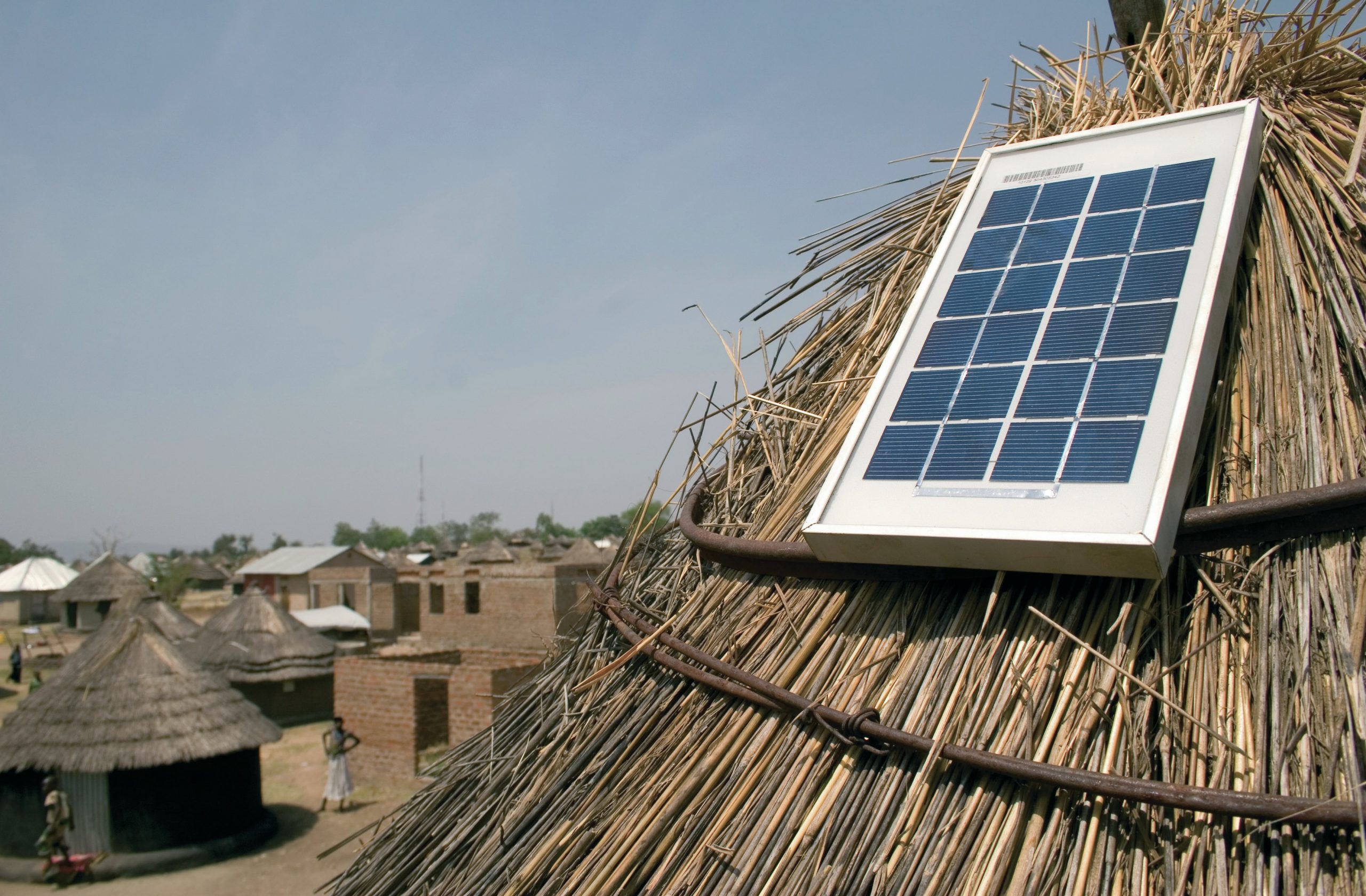
In a world population of around 7 billion, 1.5 billion have no access to electricity. Of those, 600 million are in sub-Saharan Africa.
Access to energy was not one of the eight Millennium Development Goals (MDGs) agreed at the UN Millennium Summit in 2000. But in the years since then, the people working to implement the goals have realised that energy is central to achieving all the MDGs. In response to this, in 2012 the UN launched the Sustainable Energy for All initiative, which aims to make sustainable energy for everyone a reality by 2030.
Your organisation does not have access to this article.
Sign up today to give your students the edge they need to achieve their best grades with subject expertise
Subscribe




